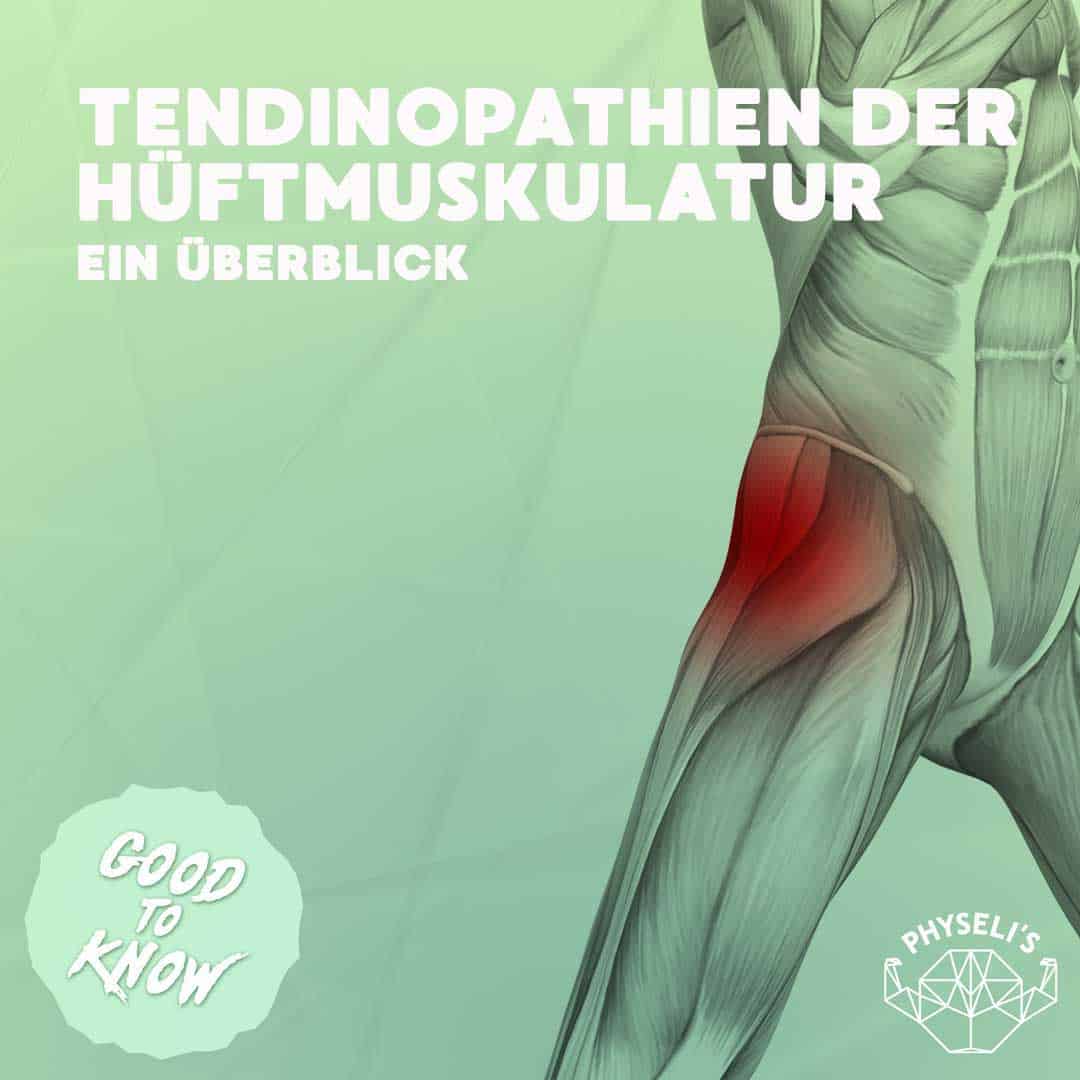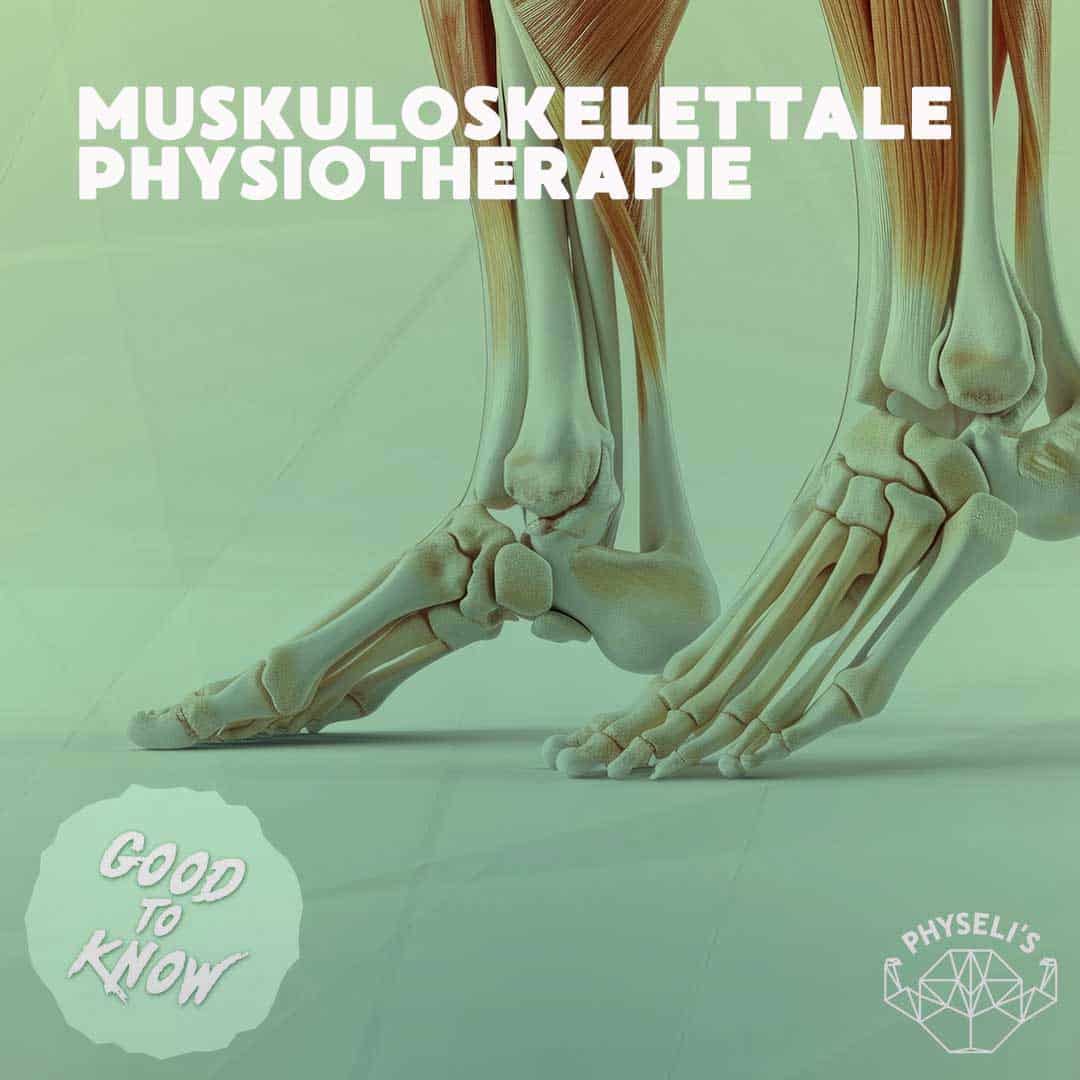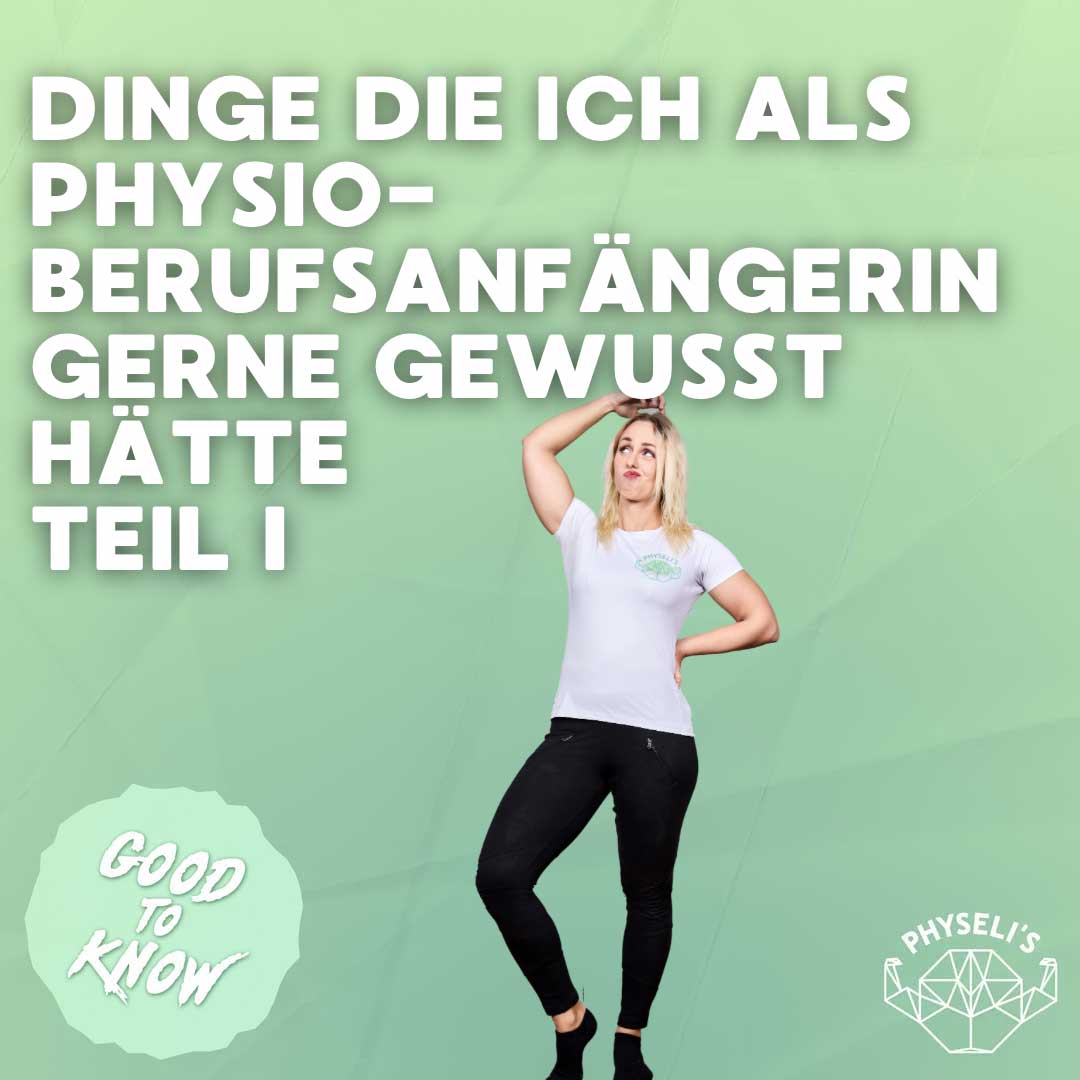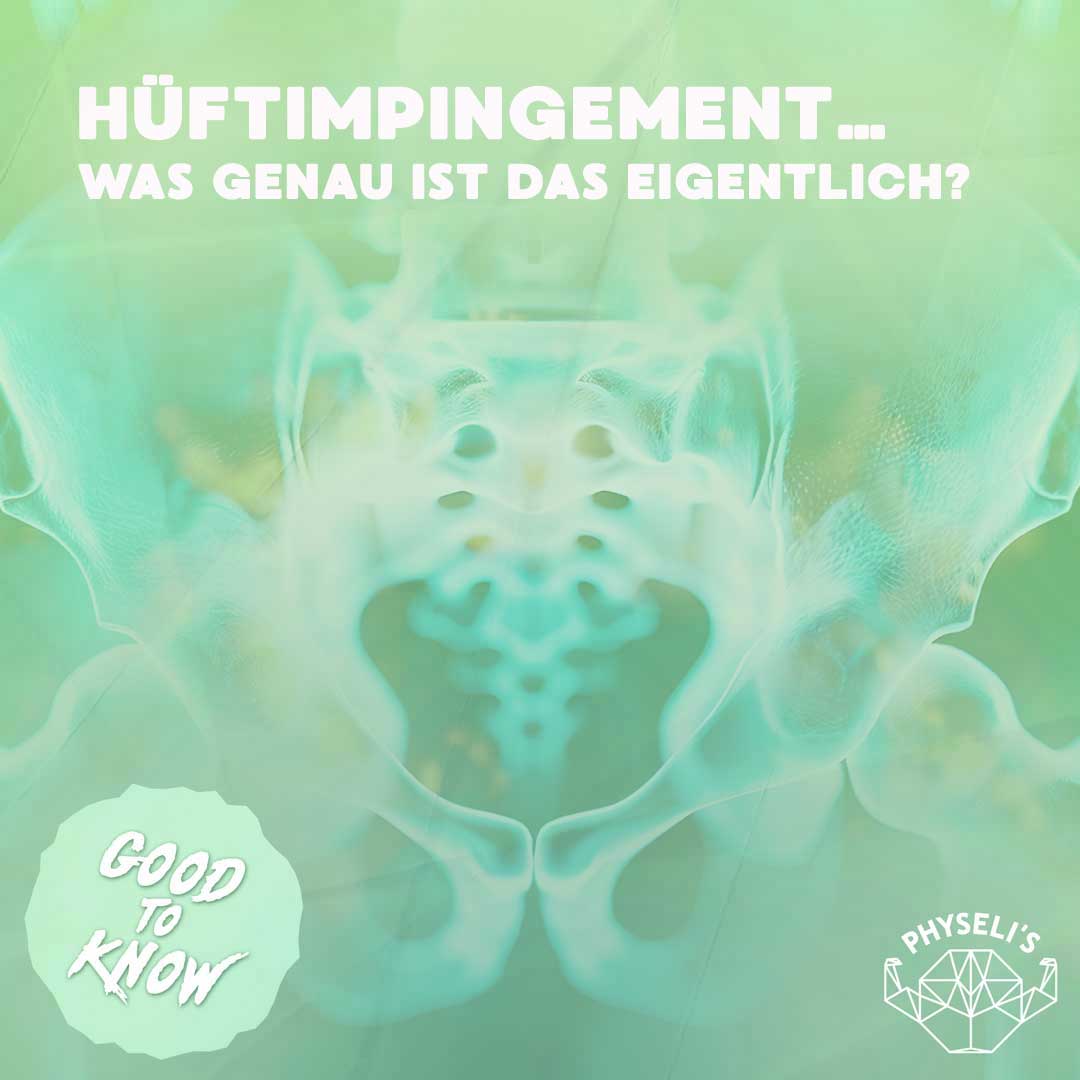Tendinopathies are tendon problems characterized by persistent pain and dysfunction of the affected tendon.
The symptoms can be influenced by mechanical stress.
In most cases, changes in strain, short-term increases in activity or excessively short recovery times are conspicuous in the onset.
Due to the high prevalence, 2/100 patients* in Central Europe, and the strong influence on quality of life through pain during sleep and everyday life, tendon complaints in the hip in particular represent a far-reaching problem.
In this article, we use the article by Grimaldi et al.
(2024), we present gluteal tendinopathy and proximal hamstring tendinopathy.
Gluteal tendinopathy
What is gluteal tendinopathy?
Gluteal tendinopathy is one of the most common tendon disorders of the hip, especially in postmenopausal women.
It affects the tendons of the gluteus medius and minimus, i.e. the gluteal muscles.
This problem leads to severe pain on the outside of the hip, especially when lying on the side, walking or climbing stairs or when sitting/standing with legs crossed.
Causes and risk factors
Gluteal tendinopathy is often caused by overloading the tendons.
Risk factors include a wide pelvis, excessive strain due to repetitive movements or insufficient recovery after physical activity.
Age, gender and hormonal changes play a role, which explains the high prevalence in older women.
Diagnosis
Diagnosis is mainly based on clinical examinations, such as palpation of the painful areas and specific movement tests (Kinsella et al. 2024).
Imaging procedures such as MRI or ultrasound can provide additional information, but are often not necessary.
It is important to clearly differentiate the results, as pain in the same area can also be caused by hip osteoarthritis or radiation from the spine.
Treatment
Early treatment is crucial.
The following approaches have already been investigated in clinical studies (Mellor et al. 2018):
- Education and training: Focus on the mechanical cause of the problem by adjusting everyday stresses to relieve the tendons and targeted exercises to strengthen the hip muscles.
This results in a long-term improvement in quality of life! - Injection therapy: Cortisone can relieve pain in the short term, but does not guarantee long-term success.
PRP (platelet-rich plasma) could support tendon healing.
With both procedures, it should be mentioned that no long-term, causal changes are achieved. - Surgery: Surgery is considered in rare cases and only after all conservative options have been exhausted.
Proximal hamstring tendinopathy
What is proximal hamstring tendinopathy?
Proximal hamstring tendinopathy affects the tendon insertions of the posterior thigh muscles (hamstrings), especially near the ischial tuberosity.
It is often found in perimenopausal women and athletes, especially runners.
Typical symptoms are pain when sitting and during activities that put a lot of strain on the hamstrings, such as running or gardening, especially when the intensity of the strain increases.
Causes and risk factors
Overloading also plays a key role here; intensive training without sufficient recovery can increase the risk.
Hormonal changes and biomechanical factors can also contribute to strain on the hamstrings.
Diagnosis
The diagnosis is based on a detailed examination, in which pain during certain movements and pressure on the tendon insertion are particularly noticeable.
Imaging procedures such as MRI can be useful to confirm the diagnosis and rule out other causes.
It is also essential to differentiate it from similarly presenting complaints in the lumbar spine, hip joint or sacroiliac joint.
Treatment
Here, too, it is recommended to start treatment as early as possible.
The following interventions can be helpful here.
Superiority has not yet been proven in studies.
Therefore, the knowledge from other tendinopathies is used.
- Education and training:
- Mechanical relief: Reduce walking speed, avoid painful exercises and sitting on soft surfaces.
- Targeted training: Starting with low intensity and low hip flexion, the load is gradually increased.
- Injection therapy: Cortisone and PRP injections are being discussed, however their long-term effectiveness is controversial.
- shock wave therapy: This shows promising results, but further research is still needed.
- Surgery: Here too, surgery should only be considered after unsuccessful conservative therapy.
Conclusion
Tendinopathies of the hip muscles, such as gluteal tendinopathy and proximal hamstring tendinopathy, can have a significant impact on life.
Early diagnosis and targeted therapy are crucial to relieve pain and improve quality of life.
If you have similar complaints, please contact us!
Let’s go Your Simon
Sources:
- Grimaldi, A., Mellor, R., Nasser, A., Vicenzino, B., & Hunter, D. J. (2024).
Current and future advances in practice: tendinopathies of the hip. Rheumatology advances in practice, 8(2), rkae022. https://doi.org/10.1093/rap/rkae022 - Kinsella, R., Semciw, A. I., Hawke, L. J., Stoney, J., Choong, P. F. M., & Dowsey, M. M. (2024).
Diagnostic Accuracy of Clinical Tests for Assessing Greater Trochanteric Pain Syndrome: A Systematic Review With Meta-analysis. The Journal of orthopaedic and sports physical therapy, 54(1), 26-49. https://doi.org/10.2519/jospt.2023.11890 - Mellor, R., Bennell, K., Grimaldi, A., Nicolson, P., Kasza, J., Hodges, P., Wajswelner, H., & Vicenzino, B. (2018).
Education plus exercise versus corticosteroid injection use versus a wait and see approach on global outcome and pain from gluteal tendinopathy: prospective, single blinded, randomized clinical trial. British journal of sports medicine, 52(22), 1464–1472. https://doi.org/10.1136/bjsports-2018-k1662rep
💚Do you need support with your workout, rehabilitation after injury or just want to feel more comfortable and healthy in your body overall? Check out our offer or book a free online consultation.⠀




